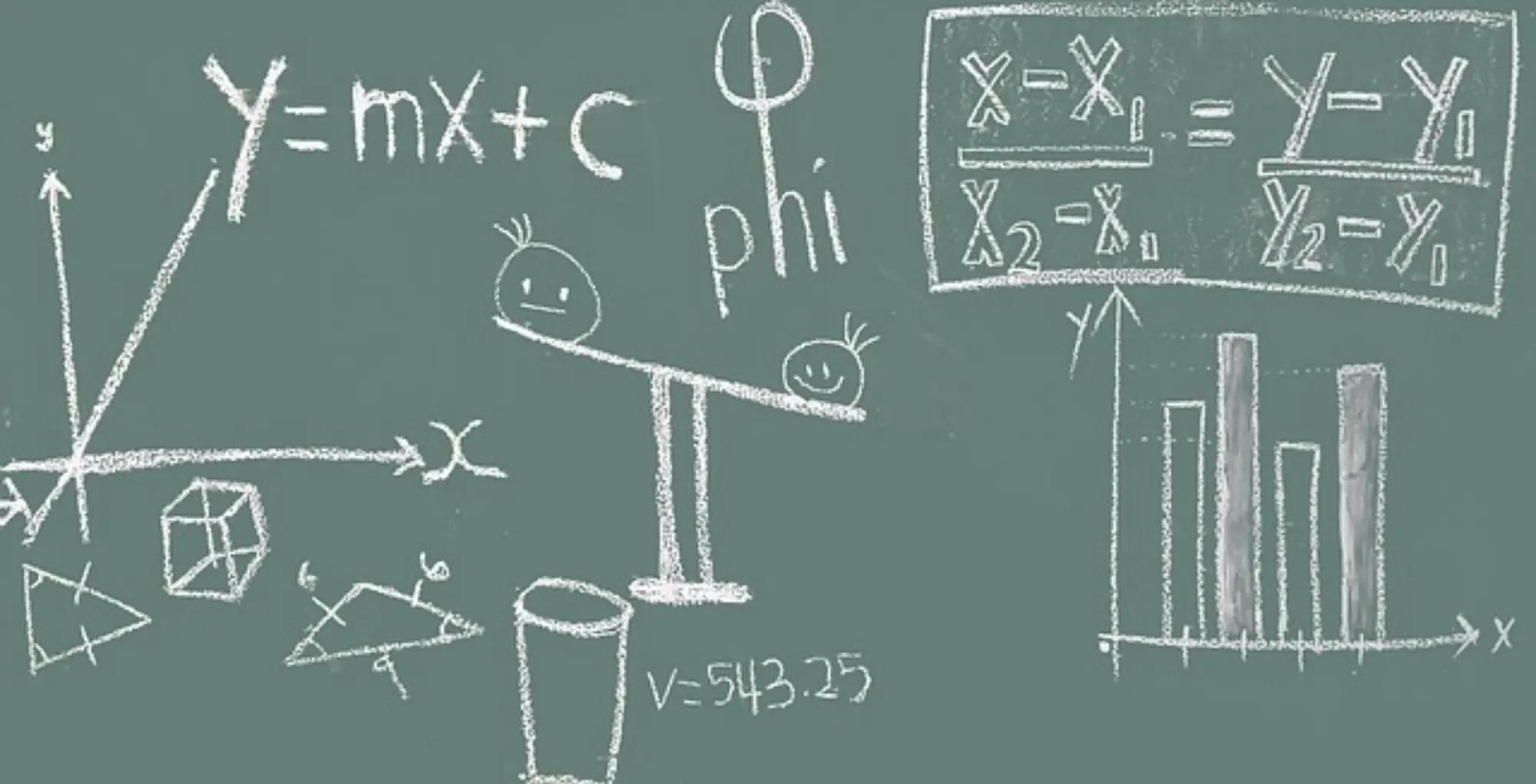- The Importance of Math in Business
The Importance of Mathematics in Business

Who hasn't stared at a math textbook and thought, "This is a waste of time"? Even the best students get tired of worksheets and math facts some days! The truth is, though, that math doesn't just live on flashcards. All different types of mathematics are used in people's everyday lives in so many different ways. Math in business is especially important, as businesses use math all the time.
Elementary Arithmetic
Arithmetic is one of the earliest types of math we learn, and it's also the math that we will likely depend on at our first jobs. Maybe it's a job working as a cashier at a fast-food restaurant or retail store. Part of that job will be giving customers their change and making sure the cash drawer is correct. Giving someone too much or too little change will throw off the drawer and possibly get the employee in trouble. Cashiers use math skills like addition and subtraction throughout their shift as they count out change. Being able to quickly add and subtract makes the job so much easier. One of the most basic reasons why business math is important is that it is important to do your job correctly and quickly.
Elementary Algebra for Business
Many different business fields depend on algebra. For example, computer programming depends on algebraic expressions. Both architects and engineers also use algebra. It plays a major part in every business . For example, an algebraic formula can be used by a manager to figure out profits for their business. Algebra is also used to determine how much should be charged for products and services. Businesses that take out loans will use yet another algebraic formula to determine how much interest will be paid over the life of the loan. Most finance decisions made by a business will be made using some sort of algebraic formula.
Statistics
How mathematics is used in business even extends to how new businesses figure out the best way to serve their customers. Statistics are used by businesses and government agencies to help them make decisions. For example, retail stores use statistics to forecast how many backpacks they will sell during the back-to-school season and therefore know how many they should order. One thing a business will look at is how many families with school-aged children live near the store. Statistics tell one store that their customer base is mostly made up of retirees whose children are grown, so they won't sell many backpacks, while another store might see that they're located in a community that's popular with young families, meaning that they will need to order a lot of backpacks. Statistics also help stores know how many people they need working at any given time. Analyzing statistics helps businesses make good decisions that will help them make more money!
- Statistics: Lesson for Kids
- Basic Statistics Vocabulary
- Basic Statistics Calculator
- Four Fun Statistics Activities That Elementary Students Will Enjoy
- Top 26 Uses Of Statistics In Our Day to Day Life
- What is a Statistical Question?
- Kids + Data: Activities to Introduce the Fun World of Data
- Create a Graph
- Protect Business Assets
- Activity: Orange You Glad for Descriptive Statistics?
Probability
Understanding probability helps business owners remove the guesswork when they need to make a choice. For example, the owner of a small store might be considering offering a coupon printed at the bottom of the customer's receipt that offers the customer $5 off their next purchase. The relative frequency approach to probability helps this store owner make predictions about how many customers will redeem that coupon. It also helps them explore different choices. The store owner might also need to know how many customers will redeem the coupon if they have to spend $25 (or more), or if the coupon is only good for a short period of time. Probability and statistics are closely linked. Businesses typically use both at the same time when deciding how much of an item to stock, how to price it, or what discount to offer. money!